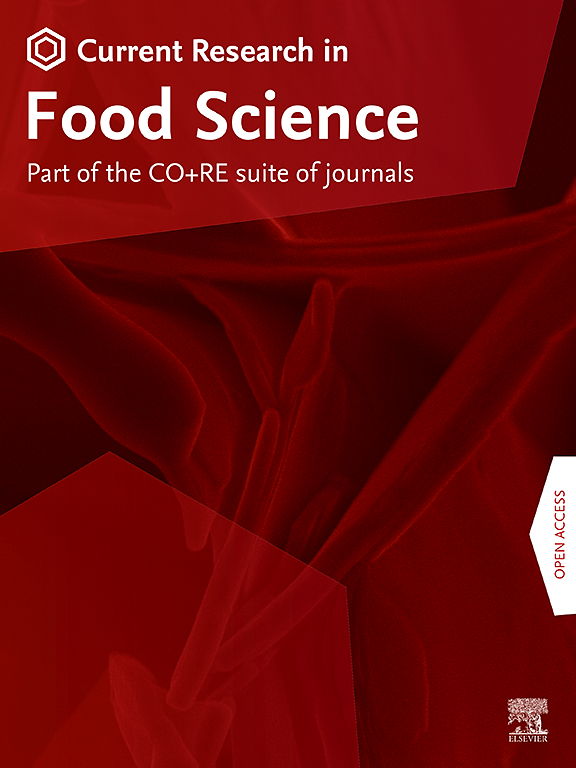Current status and potential of bacteriocin-producing lactic acid bacteria applied in the food industry
IF 6.2
2区 农林科学
Q1 FOOD SCIENCE & TECHNOLOGY
引用次数: 0
Abstract
Lactic acid bacteria (LAB) have been widely applied in the food industry and have brought many beneficial effects on food products, and some of those benefits are related to their metabolic product. Bacteriocins produced by LAB have attracted the attentions for application in the food industry as natural food bio-preservatives because of their antimicrobial activity against the food spoilage and pathogenic bacteria. With the increasing demands of consumers for more healthier food and investigations on natural food preservatives, the bioactivity of bacteriocins allows them to give the application values to the bacteriocin-producing LAB. Accordingly, the capacity of LAB to produce bacteriocin in the aspects of classifications, mode of action, biosynthesis mechanisms are introduced, which leads to further consideration of the current status and potential values of bacteriocin-producing LAB applied in the food industry. The comparation of guidelines of LAB and bacteriocins for food application are also proposed for better understanding their practical application promising. This review will be helpful for current and future researches on the application of bacteriocin-producing LAB in the food industry.

求助全文
约1分钟内获得全文
求助全文
来源期刊

Current Research in Food Science
Agricultural and Biological Sciences-Food Science
CiteScore
7.40
自引率
3.20%
发文量
232
审稿时长
84 days
期刊介绍:
Current Research in Food Science is an international peer-reviewed journal dedicated to advancing the breadth of knowledge in the field of food science. It serves as a platform for publishing original research articles and short communications that encompass a wide array of topics, including food chemistry, physics, microbiology, nutrition, nutraceuticals, process and package engineering, materials science, food sustainability, and food security. By covering these diverse areas, the journal aims to provide a comprehensive source of the latest scientific findings and technological advancements that are shaping the future of the food industry. The journal's scope is designed to address the multidisciplinary nature of food science, reflecting its commitment to promoting innovation and ensuring the safety and quality of the food supply.
 求助内容:
求助内容: 应助结果提醒方式:
应助结果提醒方式:


